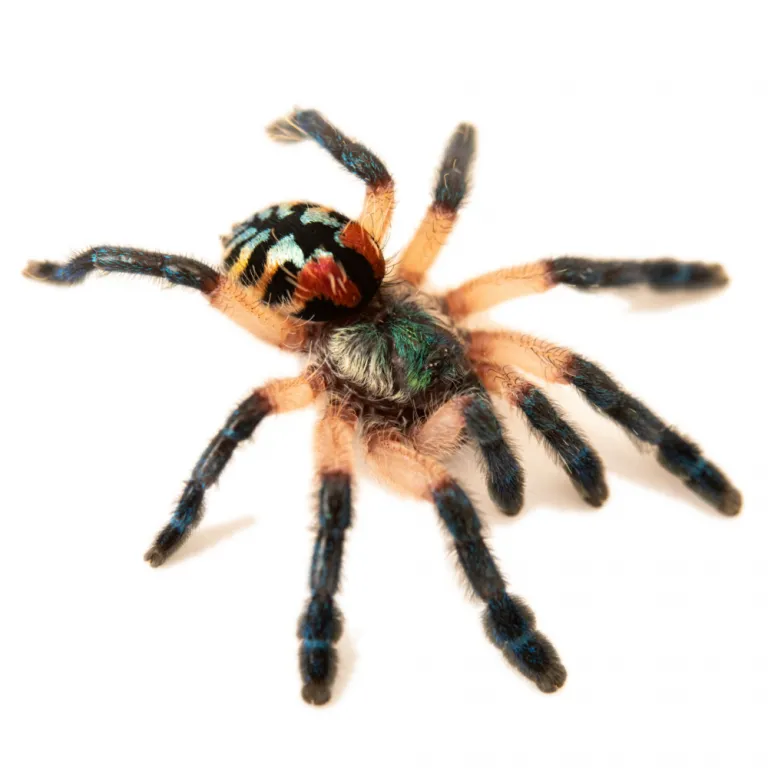The world of exotic pets is filled with fascinating creatures, and juvenile tarantulas are no exception. These captivating arachnids, often sought after for their unique appearance and relatively manageable care requirements, have become increasingly popular among pet enthusiasts. If you are considering adding one of these amazing creatures to your family, or if you’re just curious, then you’re in for a treat. This article unveils five amazing facts about juvenile tarantulas, giving you an insightful glimpse into their lives and allure. From their lifespan and appearance to their feeding habits and habitat, prepare to be amazed by the wonders of these eight-legged wonders. Discover the secrets behind their popularity and gain a deeper appreciation for these remarkable creatures.
Top 5 Amazing Facts About Juvenile Tarantulas
The Allure of Juvenile Tarantulas
Juvenile tarantulas have captured the hearts of many, becoming a popular choice for both novice and experienced pet keepers. Their relatively small size, compared to adult tarantulas, makes them easier to manage, and their intriguing behaviors offer a captivating glimpse into the world of arachnids. Their unique personalities, from the shy burrowers to the bold displayers, provide a sense of companionship and observation that many find rewarding. Furthermore, their relatively low-maintenance care requirements, in comparison to other exotic pets, contribute to their rising popularity. The joy of watching these fascinating creatures grow and develop makes owning a juvenile tarantula an incredibly rewarding experience. But why are these tiny spiders so popular?
Why are Juvenile Tarantulas Popular
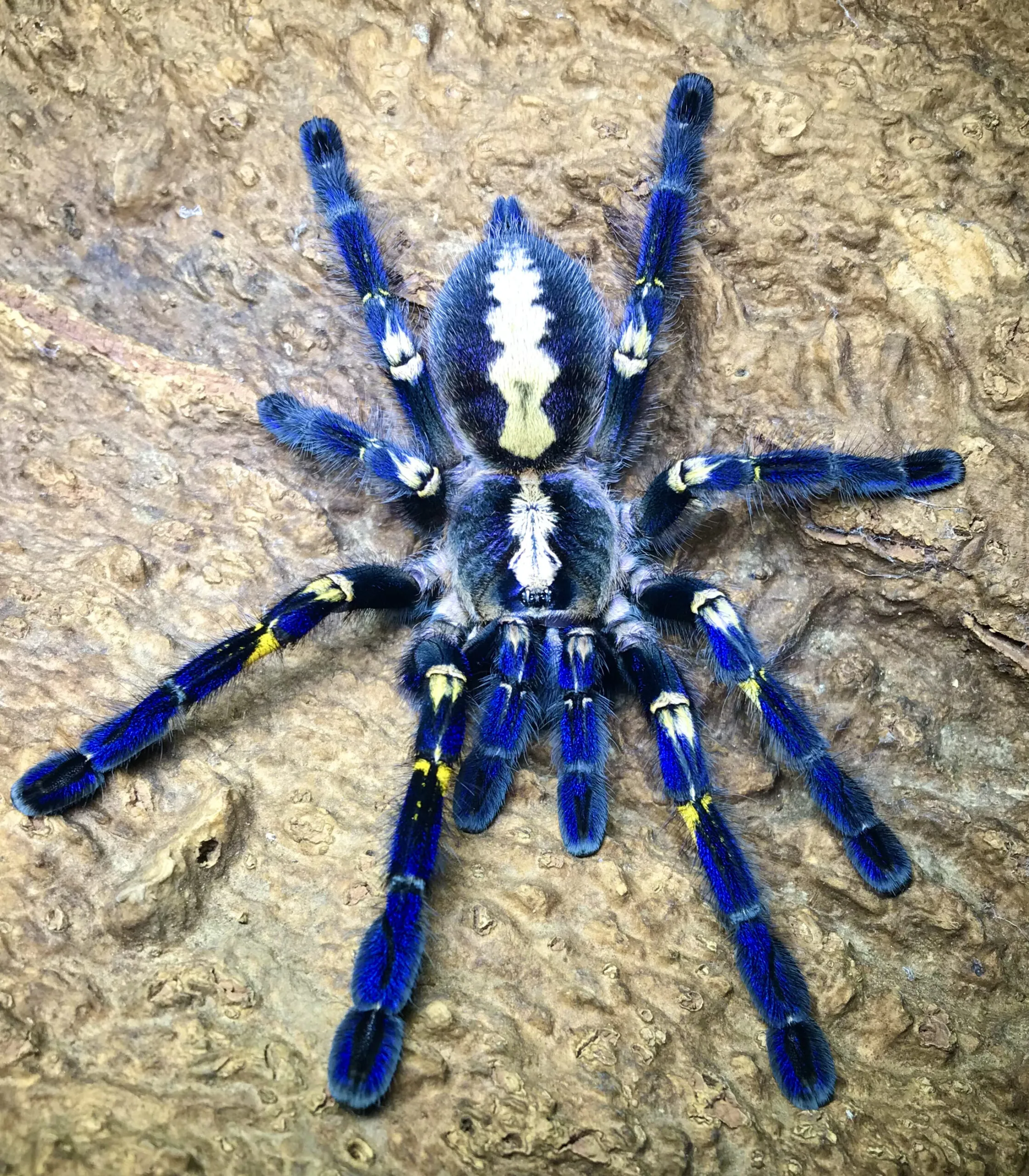
Several factors contribute to the popularity of juvenile tarantulas. Firstly, their size makes them ideal pets for those with limited space. Their manageable size also means they require smaller enclosures, simplifying setup and maintenance. Secondly, their diverse range of species offers a wide array of choices for potential owners. From the vibrant colors of the Brazilian Black to the striking patterns of the Gooty Sapphire Ornamental, there’s a juvenile tarantula to suit every preference. Thirdly, the relatively low cost of acquiring a juvenile tarantula compared to some other exotic pets makes them an accessible option for many. Finally, the educational value of owning a juvenile tarantula is significant. These creatures offer a unique opportunity to learn about arachnid behavior, biology, and conservation.
Fact 1 Lifespan of a Juvenile Tarantula
One of the most fascinating aspects of owning a juvenile tarantula is understanding its lifespan. Unlike many other pets, tarantulas can live for a remarkably long time. The lifespan of a juvenile tarantula varies depending on the species and sex, but generally, females tend to live longer than males. On average, a female tarantula can live for 10 to 30 years, while males often have a shorter lifespan, typically ranging from 2 to 10 years. It is important to keep in mind that the growth rate and ultimate lifespan of a tarantula are influenced by factors like species, diet, and environmental conditions. Providing optimal care, including a suitable habitat and a proper diet, can significantly contribute to the longevity and overall health of your juvenile tarantula.
How Long Do They Live
As mentioned, the lifespan of a juvenile tarantula is influenced by a few factors. Species plays a significant role; some species are known for their shorter lifespans, while others can live for several decades. The sex of the tarantula is also a determining factor; females usually live longer than males. The care they receive is crucial. A well-maintained enclosure, a balanced diet, and proper humidity and temperature levels can contribute to a longer and healthier life. Regular molting is another critical aspect of tarantula life, with juveniles molting more frequently than adults. Each molt allows the tarantula to grow, regenerate lost limbs, and shed any parasites. Providing an environment that supports successful molting is vital to the tarantula’s overall well-being.
Fact 2 Appearance of a Juvenile Tarantula
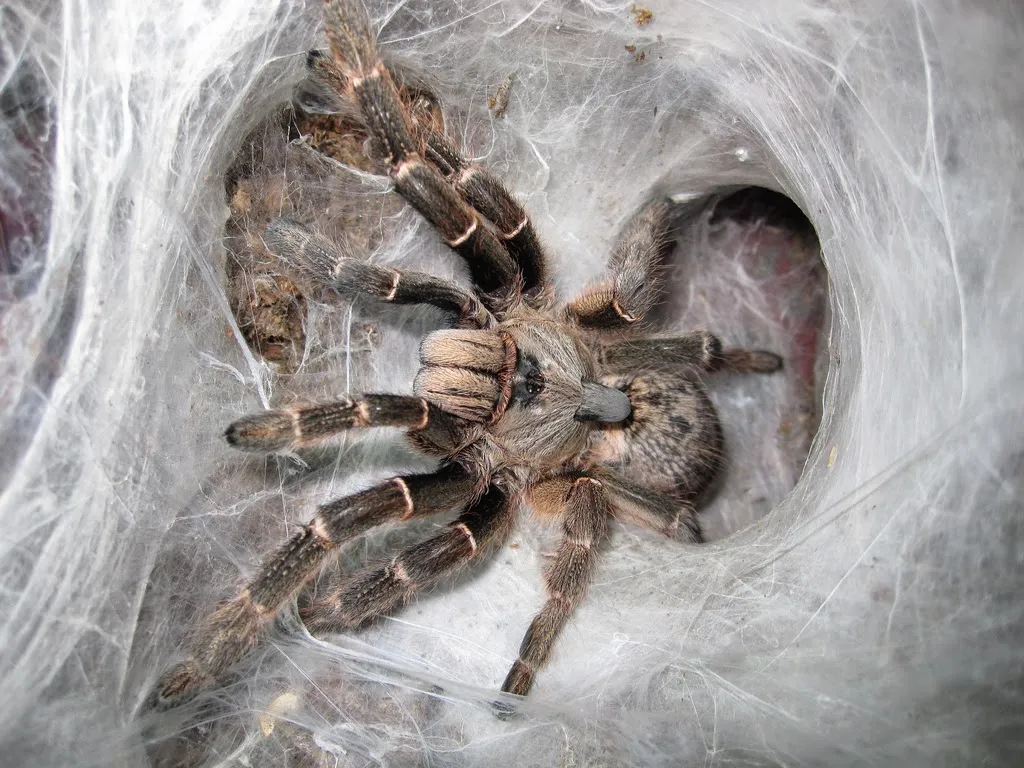
The appearance of a juvenile tarantula is captivating, often displaying vibrant colors and intricate patterns. While their coloration may not be as pronounced as in adult tarantulas, juvenile tarantulas still possess a unique aesthetic appeal. The size of a juvenile tarantula varies depending on the species and its age. Some species, like the Pinktoe tarantula, are known for their vibrant pink and green coloration, while others, like the Chilean Rose Hair, have a more muted brown and tan appearance. As they grow, juvenile tarantulas undergo molting, shedding their exoskeletons to allow for further development. With each molt, they may showcase more vivid colors and patterns, adding to their visual allure. Observing the subtle changes in appearance as they mature is one of the joys of owning a juvenile tarantula.
Coloration and Size
The coloration and size of a juvenile tarantula are essential aspects of their appearance, and they vary greatly depending on the species. Some species are known for their striking colors from a young age, such as the vibrant blues and oranges of the Gooty Sapphire Ornamental. Other species, like the common Mexican Red Knee, may have more subdued colors, with their iconic orange and black markings becoming more prominent with age. Size is another significant factor, with juveniles typically measuring between 1 to 3 inches in leg span. The rate of growth and the eventual size of the adult tarantula are also species-dependent. For instance, some species reach impressive sizes, like the Goliath Birdeater, which can have a leg span of over 10 inches, while others remain relatively small. Observing the growth and development of a juvenile tarantula is a rewarding experience.
Fact 3 Juvenile Tarantulas Feeding Habits
Juvenile tarantulas are voracious eaters, with their feeding habits playing a crucial role in their growth and development. Their diet consists primarily of insects, such as crickets, mealworms, and roaches, which provide the necessary nutrients for their growth. The size and frequency of feeding depend on the tarantula’s age and species. Younger tarantulas, or spiderlings, require more frequent feedings compared to older juveniles. It’s essential to feed juvenile tarantulas appropriately, ensuring they receive a balanced diet and avoiding overfeeding. Overfeeding can lead to health issues, while underfeeding can stunt growth. Understanding the feeding habits of a juvenile tarantula ensures its proper care and well-being. Offering food at the right time and observing their eating behavior provides important insights into their health.
What Do They Eat
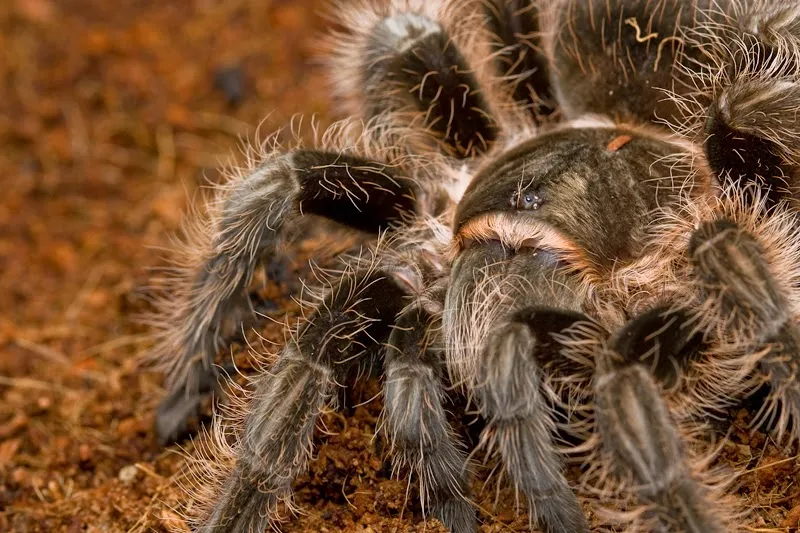
The dietary needs of a juvenile tarantula are relatively straightforward but must be addressed. Their natural diet primarily consists of live insects that they actively hunt and consume. Crickets are a popular choice due to their availability and nutritional value. Mealworms and roaches can also be provided, but it’s essential to vary the diet to provide a balanced intake of nutrients. The size of the food items should be appropriate for the tarantula’s size, ensuring the prey is no larger than the tarantula’s abdomen. Before feeding, it’s crucial to gut-load the insects with nutritious food to ensure they pass the benefits to the tarantula. Fresh water should always be available, provided in a shallow dish or via a water gel, preventing dehydration. A well-nourished juvenile tarantula exhibits vibrant colors, healthy growth, and active behavior, reflecting the impact of a balanced diet.
Fact 4 Habitat and Environment
Creating the right habitat is critical for the well-being of a juvenile tarantula. The enclosure should be appropriately sized, providing ample space for movement and exploration. A well-ventilated terrarium with a secure lid is essential to prevent escapes and maintain the correct humidity and temperature levels. The substrate, or bedding, should be appropriate for the species. Substrates such as peat moss, coco fiber, or a mix of both are popular choices, providing a naturalistic environment. Decorations like hides, branches, and artificial plants can also be added to the enclosure, offering enrichment and places for the tarantula to hide and feel safe. Maintaining the correct temperature and humidity is paramount, as juvenile tarantulas are sensitive to extreme conditions. Regular monitoring and maintenance of the enclosure ensure a healthy and comfortable living space for your pet.
Creating the Perfect Enclosure
Setting up the perfect enclosure for a juvenile tarantula is crucial. The terrarium should be appropriately sized for the species and the tarantula’s current size, allowing for growth. It should be made of clear material, such as glass or acrylic, allowing for easy observation. Ventilation is critical, so the enclosure should have ventilation holes or a mesh top to allow for air circulation. The substrate should be deep enough for burrowing species and should retain moisture to maintain proper humidity levels. Artificial plants, cork bark, or other decorations can be added to provide hiding places and enrichment. A shallow water dish should be provided, along with a thermometer and hygrometer to monitor temperature and humidity. The enclosure should be placed away from direct sunlight and drafts, creating a stable and comfortable environment for the tarantula.
Fact 5 Temperament and Handling
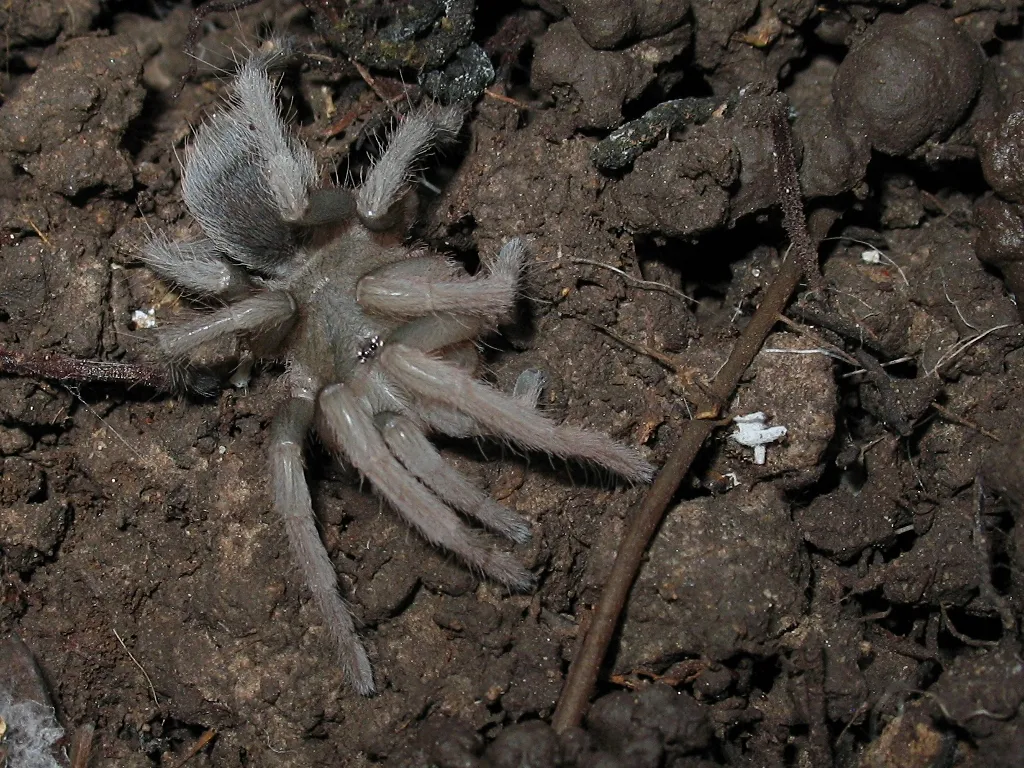
Understanding the temperament and handling practices for juvenile tarantulas is essential for responsible ownership. Tarantulas are generally not aggressive, but they can be defensive if they feel threatened. Many species are known for their docile nature, but others can be more skittish or prone to defensive behaviors. Handling juvenile tarantulas is generally not recommended, as it can stress them and potentially lead to bites. If handling is necessary, it should be done with caution and only by experienced keepers. Learning about the tarantula’s species-specific temperament and understanding their behavior patterns is critical for safe and enjoyable ownership. By respecting their space and understanding their needs, you can ensure a safe and rewarding experience for both you and your juvenile tarantula.
Understanding Tarantula Behavior
Observing and understanding a juvenile tarantula’s behavior is key to providing appropriate care and ensuring their well-being. Tarantulas exhibit various behaviors, including web-spinning, burrowing, and feeding responses. Recognizing these behaviors can indicate their health, mood, and needs. Understanding the species-specific behavior is essential, as each species has unique characteristics. Some tarantulas are more active and visible, while others are secretive burrowers. Learning the meaning behind these behaviors can help you provide the appropriate environment. It’s essential to learn the signs of stress or discomfort, such as erratic movements, defensive postures, or refusal to eat. Regularly observing your juvenile tarantula’s behavior allows for early detection of potential health issues and the implementation of any necessary adjustments to their care.
In conclusion, juvenile tarantulas are fascinating creatures that can bring joy and learning into the lives of those who choose to care for them. With an understanding of their lifespan, appearance, feeding habits, habitat, and behavior, anyone can successfully keep these amazing arachnids. The information provided offers a comprehensive overview of juvenile tarantulas, empowering you to embark on a rewarding journey of tarantula ownership. If you’re ready to explore the world of juvenile tarantulas, you’ll be well-equipped to provide the best care and enjoy the unique companionship these creatures offer.
